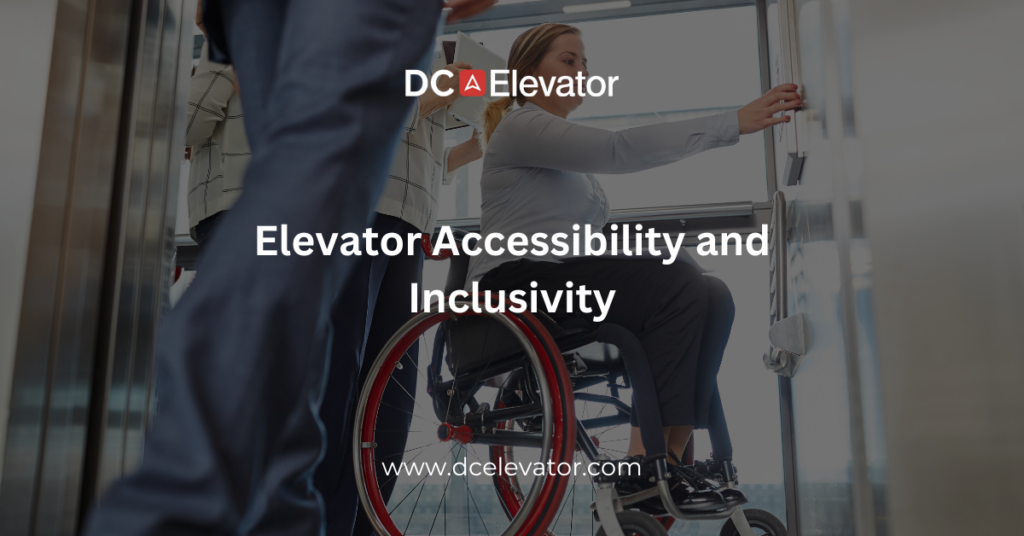Elevators are like magic boxes that help us move up and down in tall buildings. But for some people, using elevators can be tricky. This blog is all about making elevators easy for everyone to use. We’ll talk about why this is important and how we can make sure elevators are helpful for people of all kinds.
Understanding Elevator Accessibility:
Elevator accessibility refers to the ease with which people, including those with disabilities or mobility challenges, can use elevators to move between different floors. It involves considering various aspects like physical design, features, and technologies that cater to a diverse range of users.
Challenges Faced:
- Mobility Impairments: People who use wheelchairs, crutches, or walkers might face difficulties in accessing elevators that have narrow doorways or lack ramps.
- Visual Impairments: Elevator controls that rely solely on visual indicators can be problematic for individuals with visual impairments.
- Cognitive Differences: Complex elevator control panels might confuse individuals with cognitive disabilities.
Importance of Inclusivity:
Creating inclusive elevator spaces benefits everyone, not just those with disabilities. A more inclusive approach enhances user experience, making it easier for parents with strollers, travelers with luggage, or even someone recovering from an injury to use elevators comfortably.
Steps Towards Elevator Accessibility:
- Spacious Design: Elevator cabins should be spacious enough to accommodate mobility devices and individuals comfortably.
- Clear Signage: Incorporate both visual and tactile indicators in elevator controls, making them user-friendly for everyone.
- Voice Assistance: Implement voice instructions to guide users, aiding those with visual or cognitive impairments.
- Braille Information: Including Braille instructions enhances accessibility for individuals with visual impairments.
- Remote Monitoring: Installing remote monitoring systems helps detect and rectify malfunctions promptly, ensuring reliability.
Technological Advancements:
- Destination Control Systems: These systems optimize elevator travel by grouping passengers traveling to the same floors, reducing travel time and energy consumption.
- Smartphone Integration: Users can call and control elevators via their smartphones, minimizing physical contact with buttons.
- Predictive Maintenance: IoT-enabled sensors can predict elevator maintenance needs, minimizing downtime.
Benefits of Elevator Accessibility:
- Dignity and Independence: Elevator accessibility empowers individuals with disabilities to move independently and with dignity.
- Social Inclusion: Inclusive spaces promote interactions and inclusivity among people from diverse backgrounds.
- Legal and Ethical Obligations: Many jurisdictions mandate the incorporation of accessibility features in public spaces.
